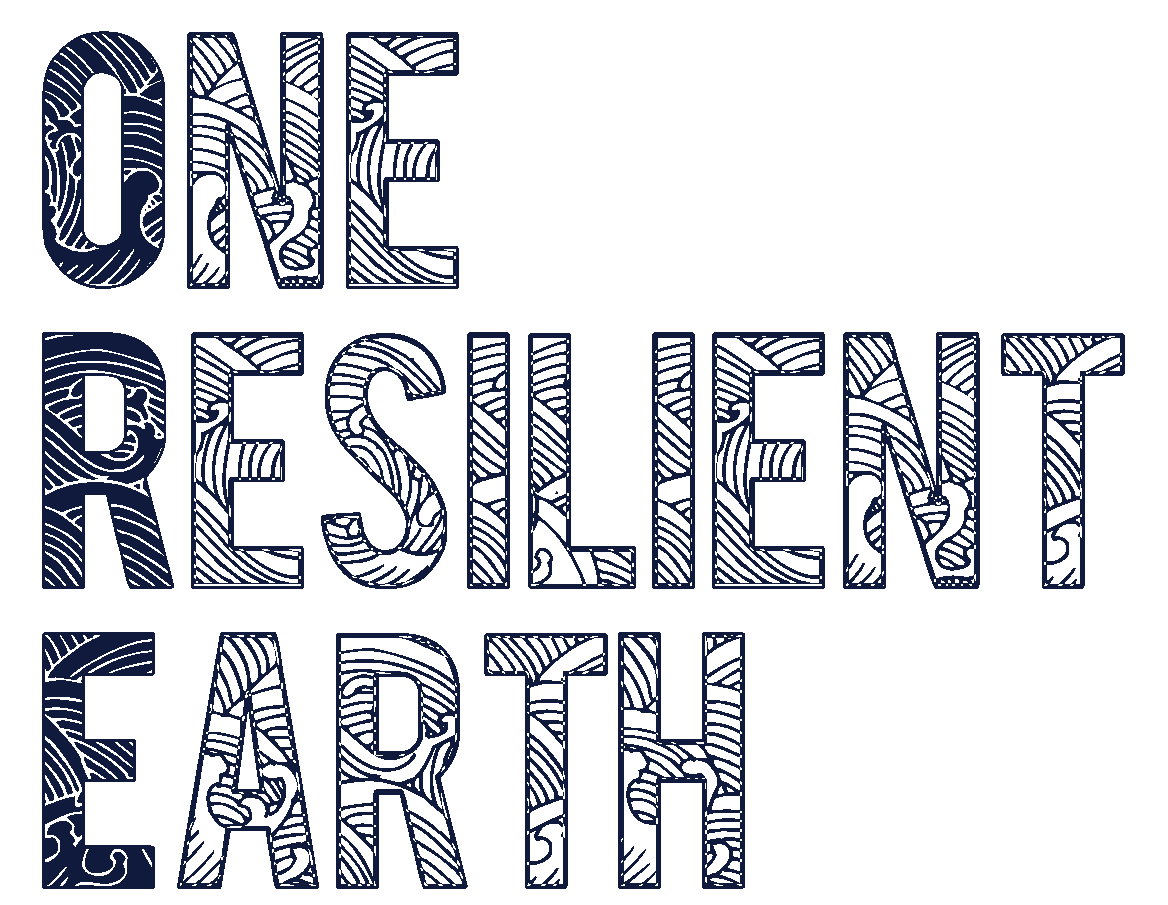The Open Mind Series is a selection of interviews with artists, designers and other ‘creators’ from around the world giving us an insight into how they see the world now and tomorrow. No qualifications required. No taboo. No right or wrong. Just openness. And artworks.
How do you imagine the world in 20 years?

My imagination of the world in 20 years time, if I am to be totally honest, is not all that different from today. I’d like to say that I imagine a harmonious world, but I really don’t think that’s going to take place in the space of 20 years. To a human, 20 years may seem like a significant amount of time, but to the planet earth, it’s the flickering of an eye, really not very much time at all. The main difference I picture between now and in 20 years time, is an even greater contrast between the awake and the asleep, the accepters and the deniers, those acting from love and those acting from fear. I would imagine our civilization still not yet having reached the point of readiness for a new story, and therefore instead continuing to accelerate towards an inevitable implosion of sorts. One in which we reach total chaos and leave ourselves no choice but to start again in some way, to rebuild and reformulate our ideas, philosophies, beliefs, interrelations, approaches to existence. Like when fire wipes out an entire forest, a dark, rich, peaty compost is left behind, which provides powerful and potent nutrients to germinate and nourish new seedlings. From disaster and destruction comes adaptation, invention, life. It feels somehow part of the cyclical nature of it all.
I believe that to accelerate towards an implosive state, however scary it may sound, is not necessarily a bad direction to be moving in. As Charles Eisenstein says, the plunge in to chaos is what precedes true emergence. The way I see it is that we, in comparison to the age of the earth, are toddlers, rug-rats, tiny children just finding our way. We’re stomping our feet and fighting one another, as is reflected in the war-torn, exhausted soils we tread upon today. We have been here on planet earth for a millisecond and just like the toddlers, it may be that as we grow older as a species we gain wisdom and compassion. Could it not be that the destructive nature of our current living is all part of a much larger picture? Could it not be that we are at the early stages of a developmental process towards an emergence in to a new kind of order, towards an evolved and more harmonious way of living?
How do you imagine the world in 1000 years?
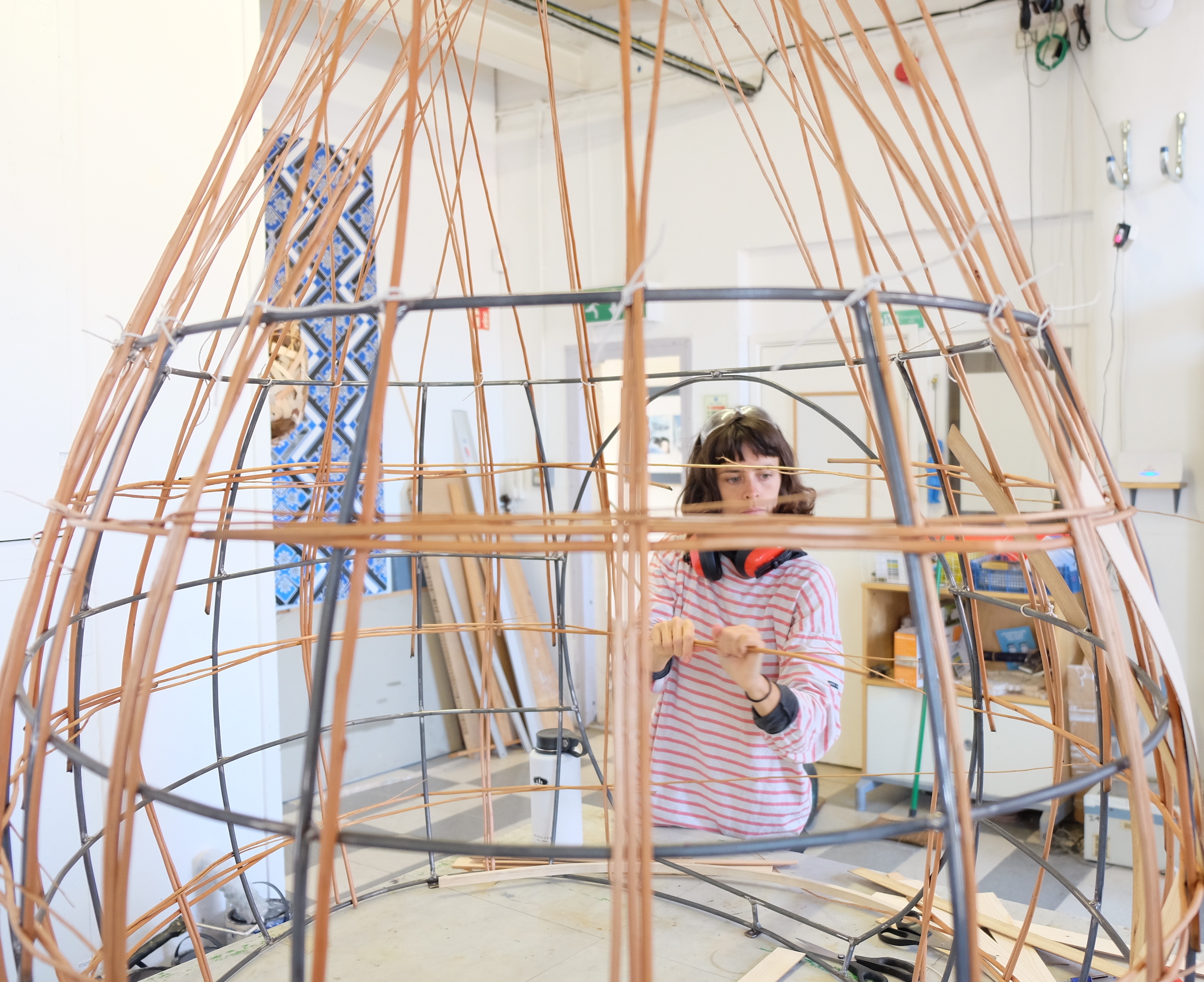
The world in 1000 years? Peak chaos and disaster has been reached, a total collapse has taken place, both externally and internally. The option to exhaust our planet has become exhausted. The collapse of external systems I imagine also to result in a collapsing of our own identity as we know it, which begs us to ask the question, globally, “Who am I?”
I imagine in 1000 years we will have burst through the total and utter chaos of our atomized, individualized society, and be in the process of emergence; heart-based compassionate action and reaction for a peaceful harmonious world. A world in which still exists the polarities of dark and light, but related to from a place of maturity and wisdom.
In this world, 1000 years from now, it is bizarre not to dance freely as it is to dance freely, the air is clear, we drink pure, fresh water, filtered through the sediments. We not only know our neighbors but depend on them, and them us. The key and lock is arbitrary. There is no desire to destruct, attack, steal therefore no reason to hide, secrete, protect. Our doors are open, we welcome one another in. We eat from the earth, the soil is nutrient dense and teeming with worms and bacteria. We stop in awe at the intricacies and delicacies of life and feel grateful to be a part of such wonder. And at last, our work has become our ‘love made visible’, as Kahlil Gibran says. The lines between work and play are blurred. That which we spend our time doing serves not only ourselves, our own families, but far beyond also, even if simply through its story. We do not fear suffering, we recognize it is a natural part of life. This provides us with the capacity to truly support those in need. We gently cradle people through turbulent events, with a deep-rooted knowledge that they are entering the humus of life and will emerge with even more clarity and wisdom.
What is the plant, animal or object that most inspires you and how?

The plant, animal or object that inspires me the most is the pupa! When contemplating this metamorphosis from caterpillar to butterfly I am often left feeling bewildered, in the best way possible. That a caterpillar can, after munching on enough greenery, hang itself upside down, weave a silk cocoon structure around itself, dissolve in to a soupy mix, and from this sludge transform in to a butterfly, to me is absolutely flabbergasting. Every time I think of this process, I am reminded of the capacity we have to totally and utterly transform ourselves. Our state is not fixed. Despite the societal conditioning that may tell us otherwise, it seems that with the right nourishing environment, unique to each person, (be it connection, plant medicine, music, dance), a transformation can take place that may have previously seemed impossible, much like the fat caterpillar that munches it’s way along branches, to the colorful, delicate butterfly.. literally from walking to flying! This transformation includes a total melt-town, which could nod to our own ‘melt-downs’ and crises. In this sense, there can be some recognition of the necessity of total collapse in order to truly transform. Personally, when I am experiencing a form of self-doubt, I am often reminded of this bug’s metamorphic journey. And then, much like the dissolving of the caterpillar inside the chrysalis, my own doubts have the possibility to dissolve.
What is the emotion that drives you in your work?
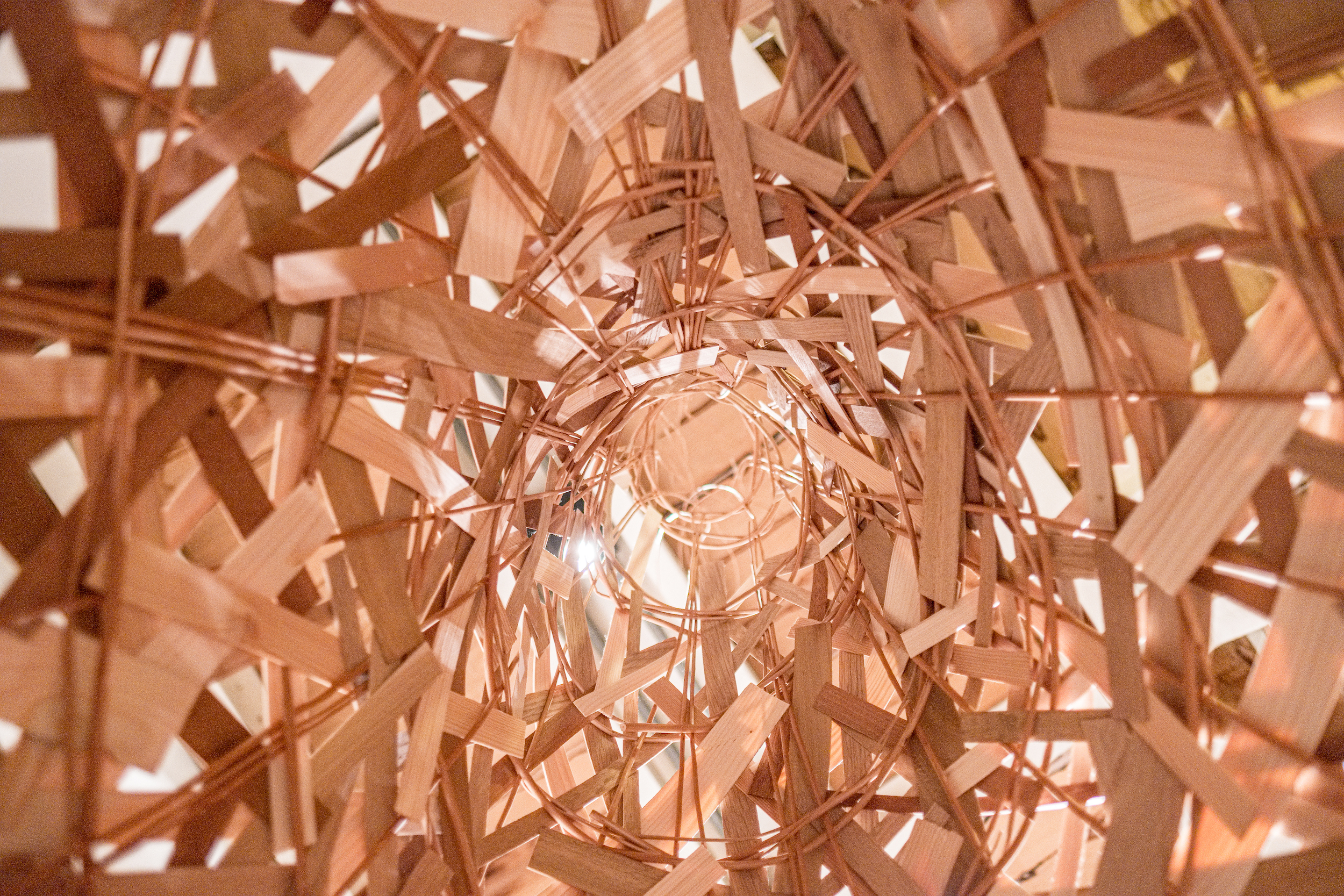
That which most drives me most in my work is a feeling of play. Granted, this is not exactly an emotion, but it somehow feels close. Maybe joy is the comparable emotion but that feels too vague. It really is play, and celebration. I hold a deep feeling that play is key to living in harmony with our surroundings. I often become wary of movements or systems that do not recognise and include play or celebration in their approach. I know the difference within myself when I am without a sense of play. I get stubborn, egoistic, anxious, nervous, insecure, self-critical. It’s a feeling of taking everything very seriously, like I have missed the cosmic joke of it all somehow. And when I remember to play, the nerves often quieten. I look out again, instead of focusing in. I see the vastness of diversity around me and it often brings me to a point of overwhelm that bubbles up as laughter. I think we can get caught up in taking ourselves too seriously and this sometimes leads to bad decision making. It is play that gives me the courage to choose my own authentic path of work.
What does community mean to you personally?
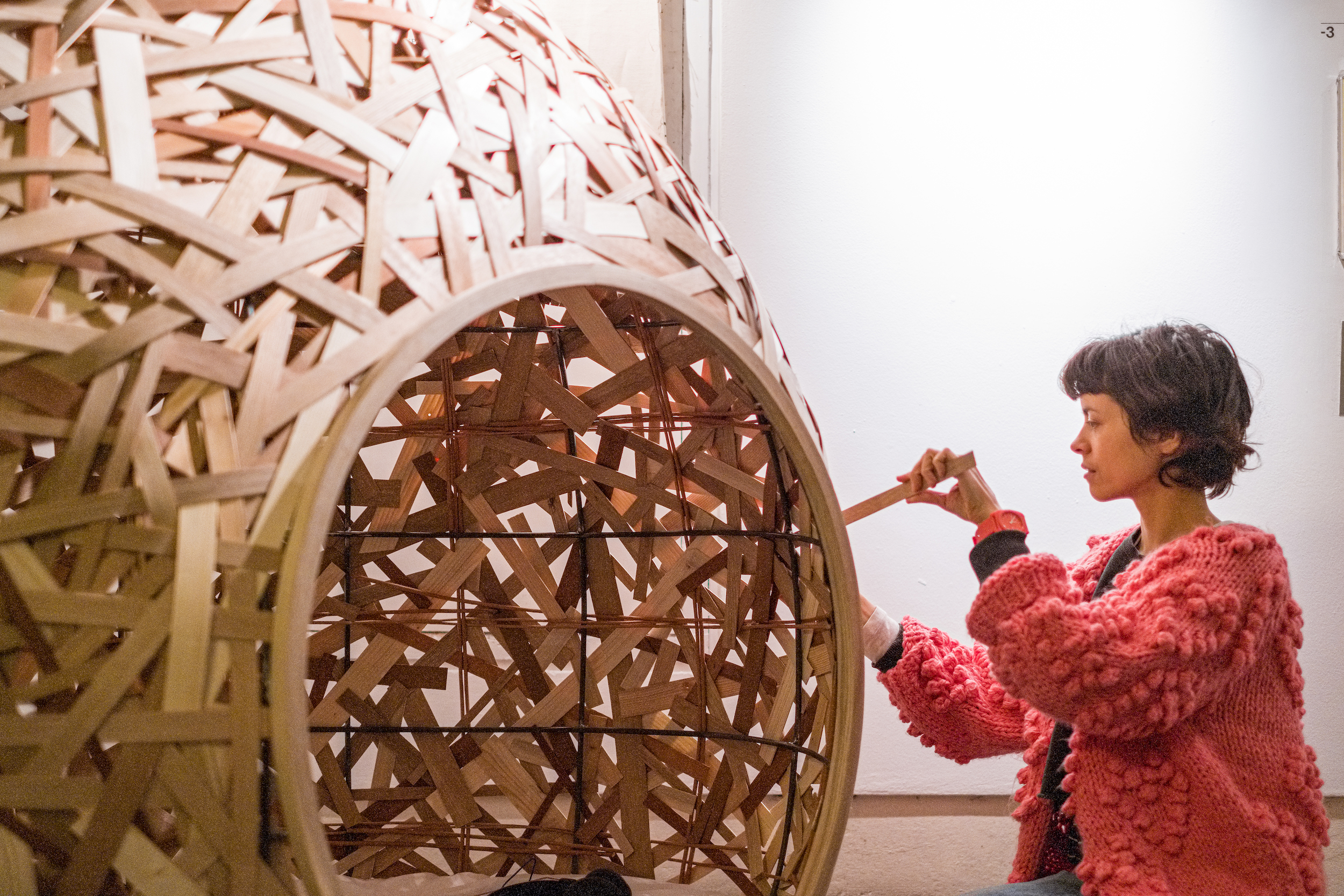
When I think of community there are multiple definitions that spring to mind. One however, that has recently been at the forefront of my mind, is that community can mean knowing our neighbors. I often feel saddened by the fact that we often don’t know the people who live in the houses adjacent to our own. It seems that so few of the people on our street do we interact with, or even know their name. If you took away the walls between us, for example on a terraced street, you would see hundreds of humans, some only meters apart, who have no idea who each other are. Some of them may have answers to your problems, some may have issues that you can help them solve. Some may be deeply lonely despite existing so close to so many others. Some may be of real inspiration. I have recently moved house to a long terraced street. I know only the name of the neighbor on my left. There are of course ways in which we can intervene this seemingly inevitable situation. For example, I noticed a woman 2 doors down from me, who has covered her windows in gold illustration, and I felt an affinity towards her, towards this creative spark. Instead of ignoring it, I popped a note through her door, introducing myself, and inviting her over for tea.
There is strength in knowing your neighbors. Of course the family and friends in our lives are another important network system, but for most people, the people who are physically closest to us day to day are our neighbors. For this reason it seems a sensible place to start building connection and creating community. How would our street change if we could all find 30 minutes to invite one neighbor over for a cup of tea?
How do you connect with the Earth today?

There are many aspects I am interested in changing, but one I am working on at the moment is my means of communication, from texting to phone calls.
How do I connect with the earth today? I talk to my plants and stroke the leaves (this is lovely to do but also apparently stimulates growth and provides the sensation that they are outdoors). I open my door to the day and say good-morning to it all. I make time to place my palms on my womb and think of the power and creativity that lies there and within all wombs, and therefore women. When people talk to me I really listen. I avoid when possible substances that deaden my senses, such as animal flesh/fluids and alcohol. When drinking water I visualise drinking from the veins of the earth. Our imagination is powerful and, for me, depending on the stories I tell myself, can either feel connected or disconnected. I dance like no-one is watching even if they are, whilst holding the beat of my heart and feeling the beat of the earth. I make love and tune in to not only my own personal experience but also to the glimmers of that which lies beyond the two beings in the room. I give space to the waves of my emotion. I weep over that which is beauty and that which is pain. I let the salty tears pour out.. allowing an undulation of intensities and themes. These feelings start from a personal perspective, but often seem to ripple out from my own experiences to those of others. I sometimes feel as if I am connecting to that which has had to be numbed by those who came before me as a means of survival. I allow myself to really feel the entirety of this. I practice vulnerability through what I share (like this writing now) and what I say, and how I act. This ongoing practice is challenging but rewarding, often resulting in a greater sense of authentic connection, relationally and in turn, with the earth.
What is your dream for the arts world?
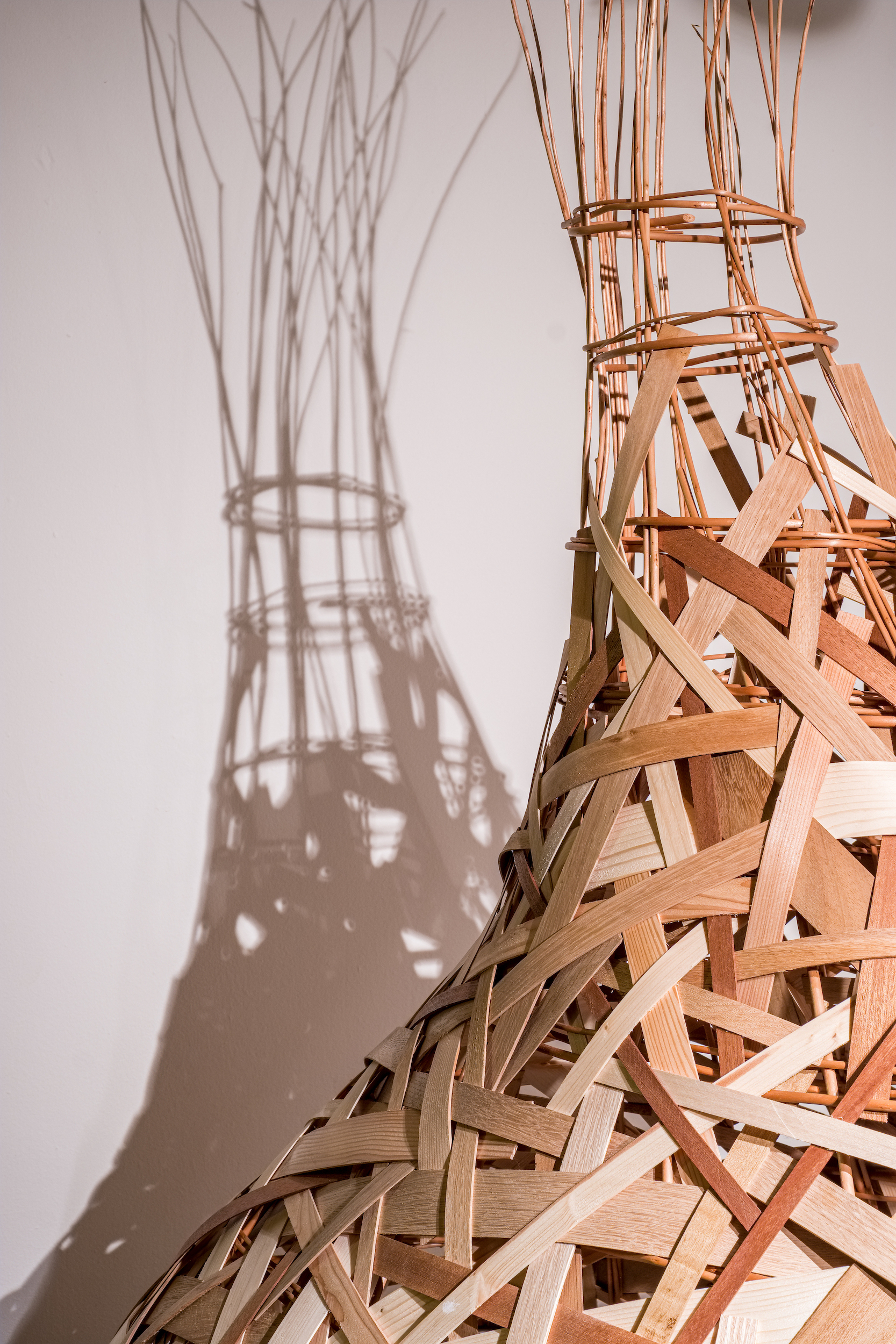
My dream for the art’s world is that it fails to exist. I dream that the world of the arts becomes so integrated with peoples day-to-day living that it is indistinguishable. I dream that it no longer is occupied by a select group who have ‘the gift’ . I dream that we return to a perception of creative expression where it is not only important, but in fact vital to human existence. Where instead of going to visit art in a somewhat alienating white-walled large building, we experience it all around us. Where people’s homes and the corner shops are works of art. Where the walls of our primary schools are covered in murals, where choirs are singing in supermarkets, where mosaics line our streets, where no two park benches are the same. Where having a creative outlet is as important and natural as learning to read and write. Where we live and breathe creativity, as though our life depends on it. For creative expression is to think critically. And without the ability to critique, to question that which we are presented with, what do we become?
What’s the best thing on earth?
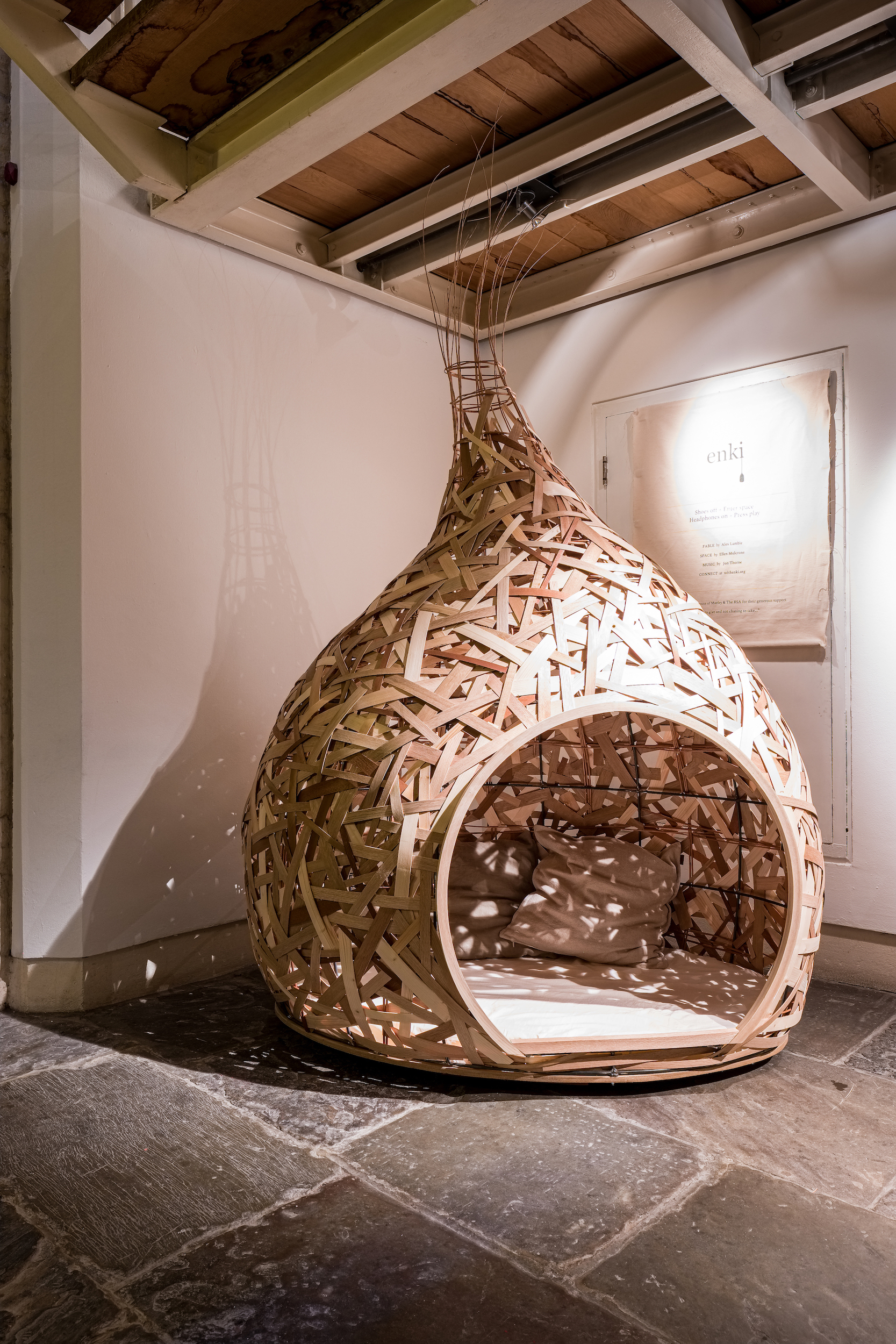
Belly laughter!

Ellen Mulcrone is a multi-disciplinary artist based in Bristol, UK. The focus of Ellen’s work is space and how it affects us. She creates cocoon-like structures from a diverse range of materials, large enough for humans to crawl inside. Ellen create spaces with the intention for people to slow down, reflect, rest and drop back in to the heart. These spaces cannot be quickly labelled or categorised. We don’t have an automated internal response of how we should interact with them, emotionally nor physically, and therefore they provide an opportunity for us to show up authentically.
